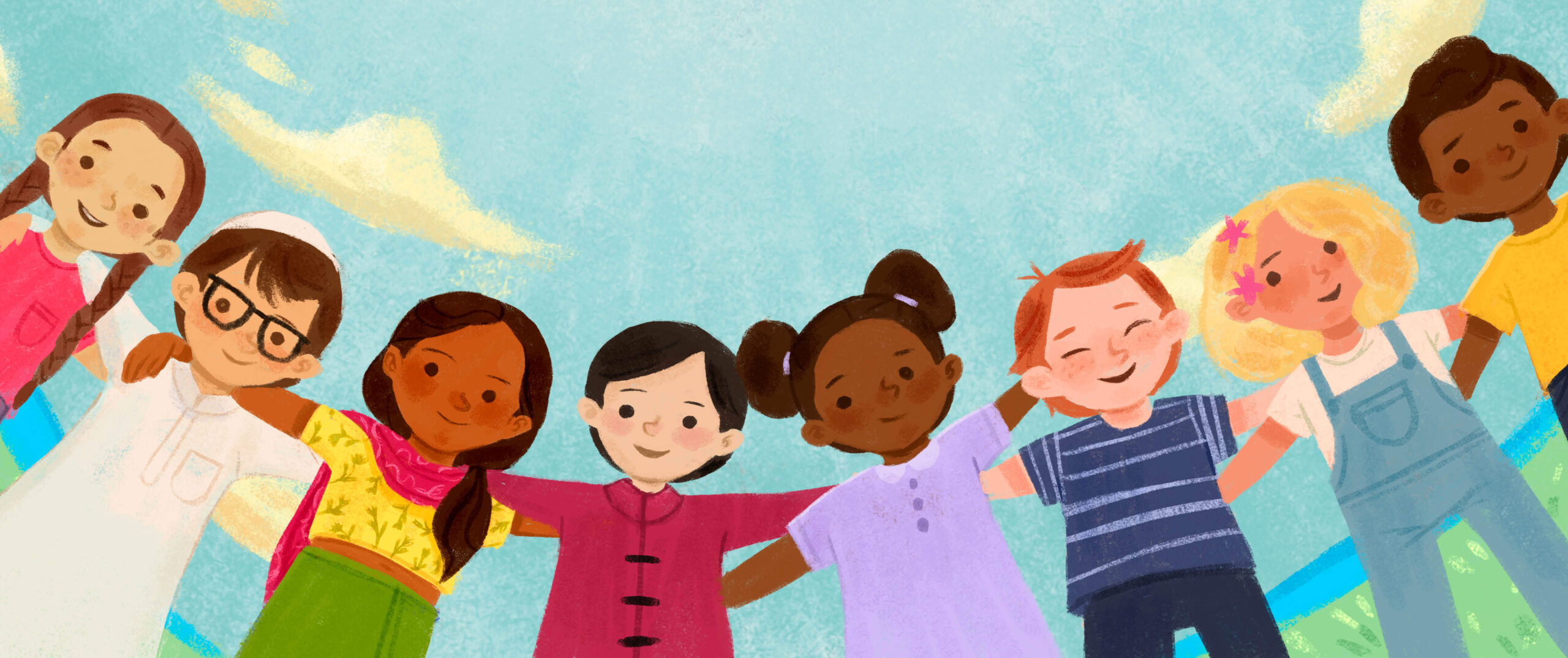
This week we continue our conversation with Anamaría Amador. We learn about her focus on movement development in young learners and what a bilingual classroom means to her. Today, we’re excited to celebrate both National Hispanic Heritage Month and Celebrate the Bilingual Child Month!
An Interview with Anamaría Amador: Part 2
Carol Felicio (CF): Can you tell me about your journey from a MFA in Dance Performance and Choreography to a MA in Clinical Psychology and Education Spirituality Mind Body Practice?
Anamaría Amador (AA): At NYU, I did the performance program, not the dance education program for my MFA. I studied to be a dancer or choreographer. They give you tools for teaching in the composition and technique classes they offer. After finishing my MFA, I went back to Puerto Rico because my father was ill. I was in Puerto Rico for 10 years or so.
One of the many jobs I took was at a pilot program for a music conservatory. It was the pilot program to start courses in dance. My students took composition and technique classes. That was nice because I felt that what I was doing and the syllabus that I was creating was under the umbrella of an institution. A few of my students decided to go for dance therapy. Through this pilot program, I think many of the my students became interested in combining dance and psychology.
From my jobs in non-profit work and public school teaching, I felt fulfilled in seeing that what I was researching was also being accepted by the students. However, at some point I also needed to go back to school. When I saw the program from Teachers College – the Spirituality Mind Body Practice program – it was the third year of their pilot. I was very excited they had a program that would combine the mind/body and that they would give you a Masters in Clinical Psychology. That’s what I was so excited about! It wasn’t another dance degree, but it was actually a Masters in Psychology.
Highlighting Bilingualism
CF: We focused a lot on your specialization in creative movement, but can you talk about an experience that changed your approach to bilingual teaching?
AA: I saw that Teachers College had a fellowship in this research project called Small Kids in Physical Activity (SKIP). For two years in a row, I was able to teach movement activities to children and mothers at an Early Head Start based on curriculum from the Biobehavioral Studies Department’s research project. That was one of the most important experiences because I was a research assistant and it was a curriculum they built. I followed a curriculum based on the same idea of motor development and bringing movement and physical activities to the classroom.
It was Early Head Start, so the mothers and children were together in the classroom. The interesting thing about that work was that many of them were Hispanic and it was getting challenging for the research project to be taught in English. In that moment, I was the one person they had available to teach the class in Spanish or at least bilingually. For me that was incredible because I always had my part time jobs at Hunter or NYU, but they were always in English. It was frustrating that I couldn’t use my Spanish.
To be able to teach a movement class in Spanish to a Hispanic population was very sentimental for me. I almost felt silly because I was like oh my goodness, whenever I feel like this, I don’t know if people can understand it. It was all of what I personally felt for many years. I felt stuck most of the time while I was working or studying because I wanted to say something, but sometimes I couldn’t get the words. All of those years and then all of a sudden, I got super relaxed. I was able to say everything in Spanish. Right there, I started seeing the importance of adding a second language, especially in places where there’s people who need it.
Tune in next week for the third post in this series. Tell us below about when you first realized the importance of bilingualism! What do you value most about teaching bilingually?
